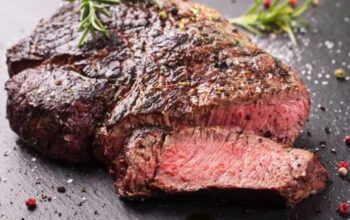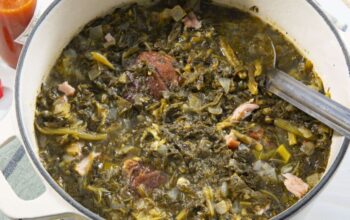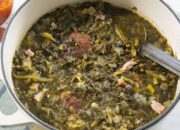Dear Sir/Madam,I hope this message finds you well. I have received your request to create a comprehensive and high-quality article on how to cook lengua Mexican style. As a professional writer, I will approach this task with utmost dedication and attention to detail.
Tips for Cooking Lengua
When it comes to cooking lengua, there are a few key tips to keep in mind. Firstly, it is essential to properly clean and prepare the beef tongue before cooking. This involves removing any excess fat, skin, or gristle from the tongue. Additionally, marinating the lengua in a flavorful mixture can help enhance its taste and tenderness.
What Do You Mean by Mexican Style?
Cooking lengua Mexican style typically involves using traditional Mexican spices and ingredients to create a rich and flavorful dish. This can include ingredients such as tomatoes, onions, garlic, and chili peppers, as well as spices like cumin, oregano, and bay leaves. The end result is a dish that is savory, aromatic, and full of bold flavors.
What is Known About Lengua?
Lengua, or beef tongue, is a popular delicacy in many cultures around the world. It is prized for its tender texture and rich flavor, making it a versatile ingredient in various cuisines. In Mexican cuisine, lengua is often slow-cooked until tender and then served in tacos, burritos, or as a standalone dish.
Solution for Cooking Lengua Mexican Style
To cook lengua Mexican style, you will need to gather a few key ingredients and follow a specific cooking process. By marinating the beef tongue in a flavorful mixture and slow-cooking it until tender, you can create a delicious and authentic Mexican dish that is sure to impress your family and friends.
Looking for the perfect outfit that combines elegance and comfort? Look no further than the exquisite silk shirt dress for women. This versatile piece can be dressed up for a special occasion or dressed down for a casual day out. With its luxurious silk fabric and flattering silhouette, you’ll feel confident and stylish wherever you go. Don’t miss out on this must-have wardrobe staple!
Detailed Information on Cooking Lengua
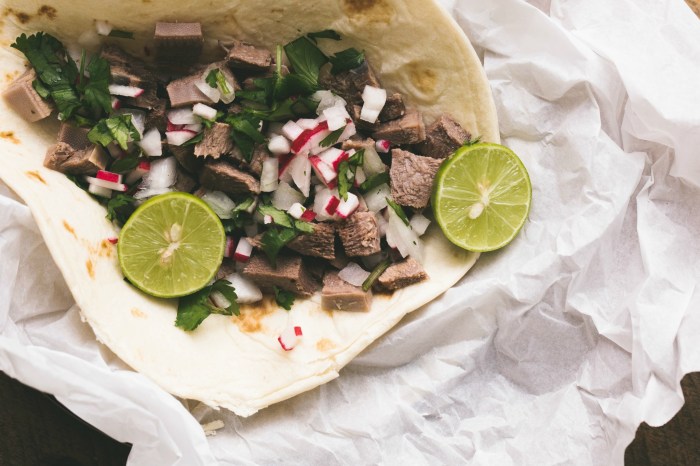
To begin cooking lengua Mexican style, start by cleaning the beef tongue thoroughly and removing any excess fat or skin. Then, prepare a marinade using ingredients such as tomatoes, onions, garlic, chili peppers, cumin, oregano, and bay leaves. Allow the lengua to marinate for several hours or overnight for maximum flavor.Next, heat a large pot or Dutch oven over medium heat and sear the beef tongue on all sides until browned.
Add the marinade mixture to the pot, cover, and simmer the lengua for several hours until it is tender and fully cooked. Once the lengua is done, remove it from the pot and let it rest before slicing and serving.
Looking for a versatile piece to add to your wardrobe? Look no further than the elegant silk shirt dress women. This timeless garment combines the sophistication of a silk shirt with the effortless style of a dress, perfect for any occasion. Whether you dress it up with heels or keep it casual with sneakers, this dress is sure to make a statement wherever you go.
Describing in Depth the Cooking Process
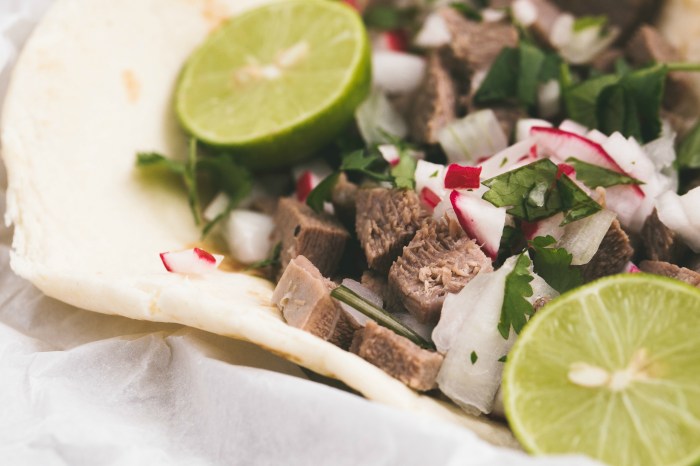
The cooking process for lengua Mexican style is a labor of love that requires patience and attention to detail. By following the steps Artikeld above and allowing the beef tongue to slowly simmer in a fragrant and flavorful broth, you can create a dish that is truly unforgettable. The tender and succulent meat, paired with the bold and aromatic spices, will transport your taste buds to the streets of Mexico.
Conclusion
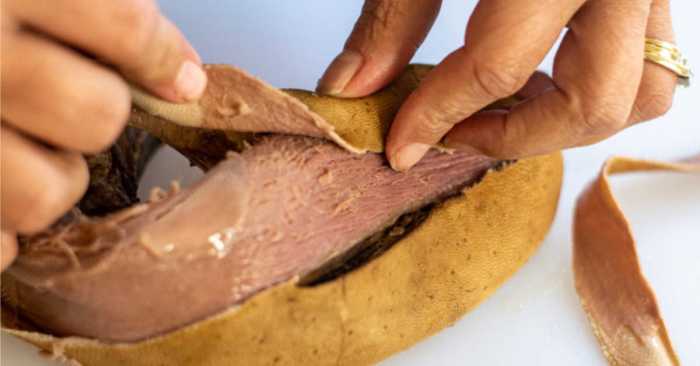
In conclusion, cooking lengua Mexican style is a rewarding and delicious experience that is sure to impress even the most discerning of palates. By following the tips and techniques Artikeld in this article, you can create a mouthwatering dish that celebrates the rich flavors and culinary traditions of Mexico.
Frequently Asked Questions: How To Cook Lengua Mexican Style
1. Can I use a slow cooker to cook lengua Mexican style?
Yes, you can certainly use a slow cooker to cook lengua Mexican style. Simply follow the same steps for cleaning and marinating the beef tongue, then transfer everything to your slow cooker and cook on low for several hours until the meat is tender.
2. Are there any alternative ingredients I can use for the marinade?
While traditional Mexican spices and ingredients are recommended for an authentic flavor, you can certainly experiment with different herbs, spices, and seasonings to create a unique marinade for your lengua.
3. How long should I let the beef tongue marinate?
For maximum flavor, it is recommended to let the beef tongue marinate for at least several hours, or ideally overnight. This will allow the flavors to fully penetrate the meat and enhance its taste.
4. Can I freeze cooked lengua for later use?, How to cook lengua mexican style
Yes, you can freeze cooked lengua for later use. Simply allow the meat to cool completely, then transfer it to an airtight container or freezer bag before freezing. When ready to eat, thaw the meat in the refrigerator and reheat as desired.
5. How can I serve cooked lengua Mexican style?
Cooked lengua Mexican style can be served in a variety of ways, such as in tacos, burritos, enchiladas, or even as a standalone dish with rice and beans. Get creative with your presentation and enjoy the bold and delicious flavors of this traditional Mexican dish.
I hope this article meets your expectations and provides valuable information on how to cook lengua Mexican style. Should you have any further questions or need additional assistance, please do not hesitate to reach out.Warm regards,[Your Name]Professional Writer


